
Snake removal cost comes down to the type and number of snakes you’re dealing with and where they’re located inside your home. This guide breaks it down.
To banish pests from your home, you first have to know what you’re up against


Common pests range in color, size, and damage.
Always call professionals for stubborn pests, like termites.
Pest control prices range based on location and pest type.
As a homeowner, it’s inevitable that you’ll have to deal with occasional insects inside the house. But in order to quickly win the pest battle, you have to know what you’re up against.
Even the smallest, most harmless pest can actually end up causing some of the biggest issues. Learn how to identify insects in your home by their most notable characteristics, and when to call in the pest control professionals.
Sometimes pests can find their way into your home despite all the right prevention methods. Here are some of the most common insects and pests you might see around your home and yard, and how to identify them.
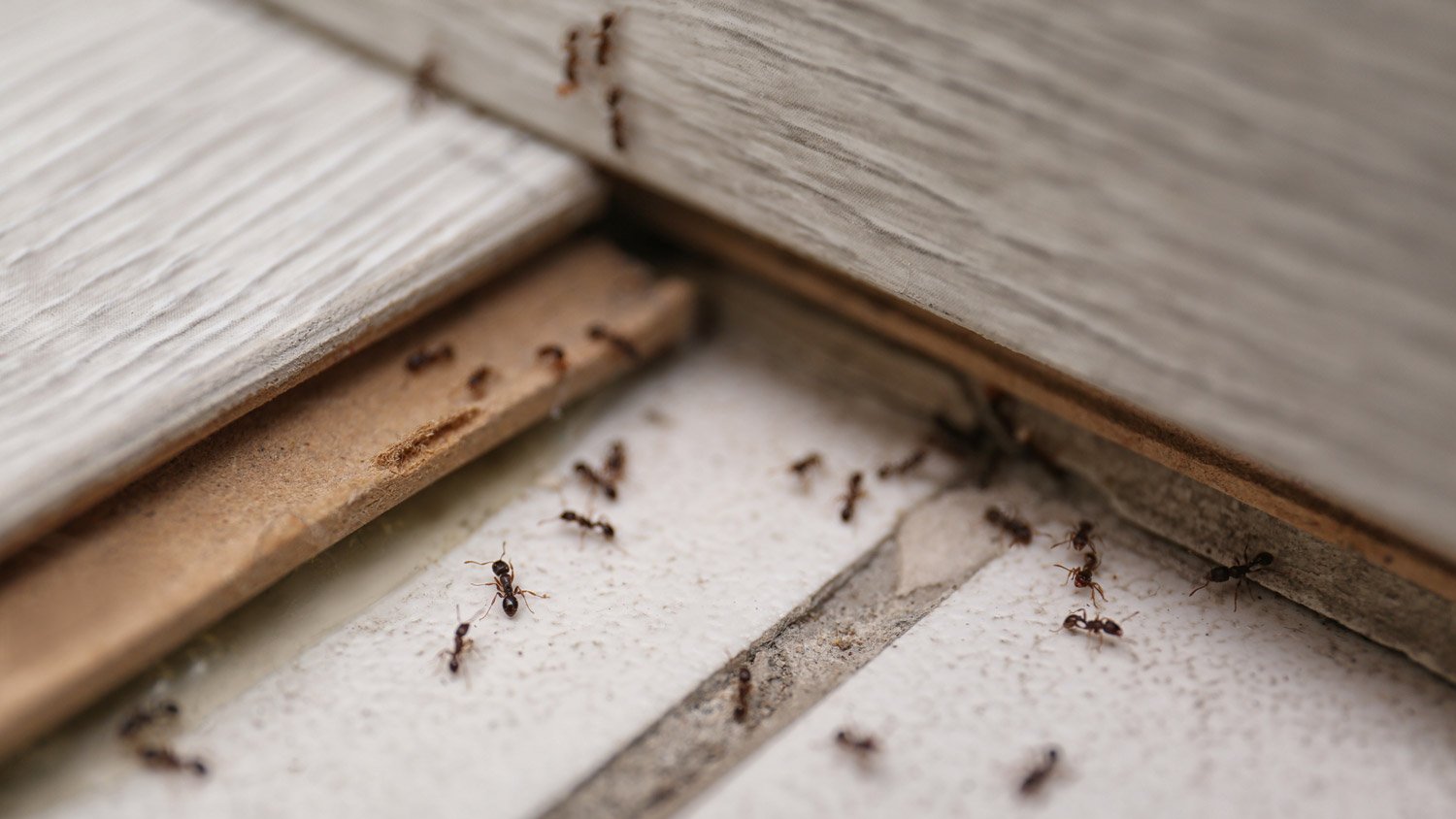
These tiny yet amazingly strong creatures come in a variety of colors and sizes. There are more than 12,000 species of ants in the world, but here’s how to identify these insects in your home:
Three defined areas of the body: head, abdomen, and thorax
Six legs, each leg as long as the body
Bent antennae
While most ants are considered a nuisance, you may still want to hire out for ant extermination services in your area. Carpenter ants can cause significant damage to your home because they love chewing wood. And a bite from a fire ant can be incredibly painful and cause itching and swelling.
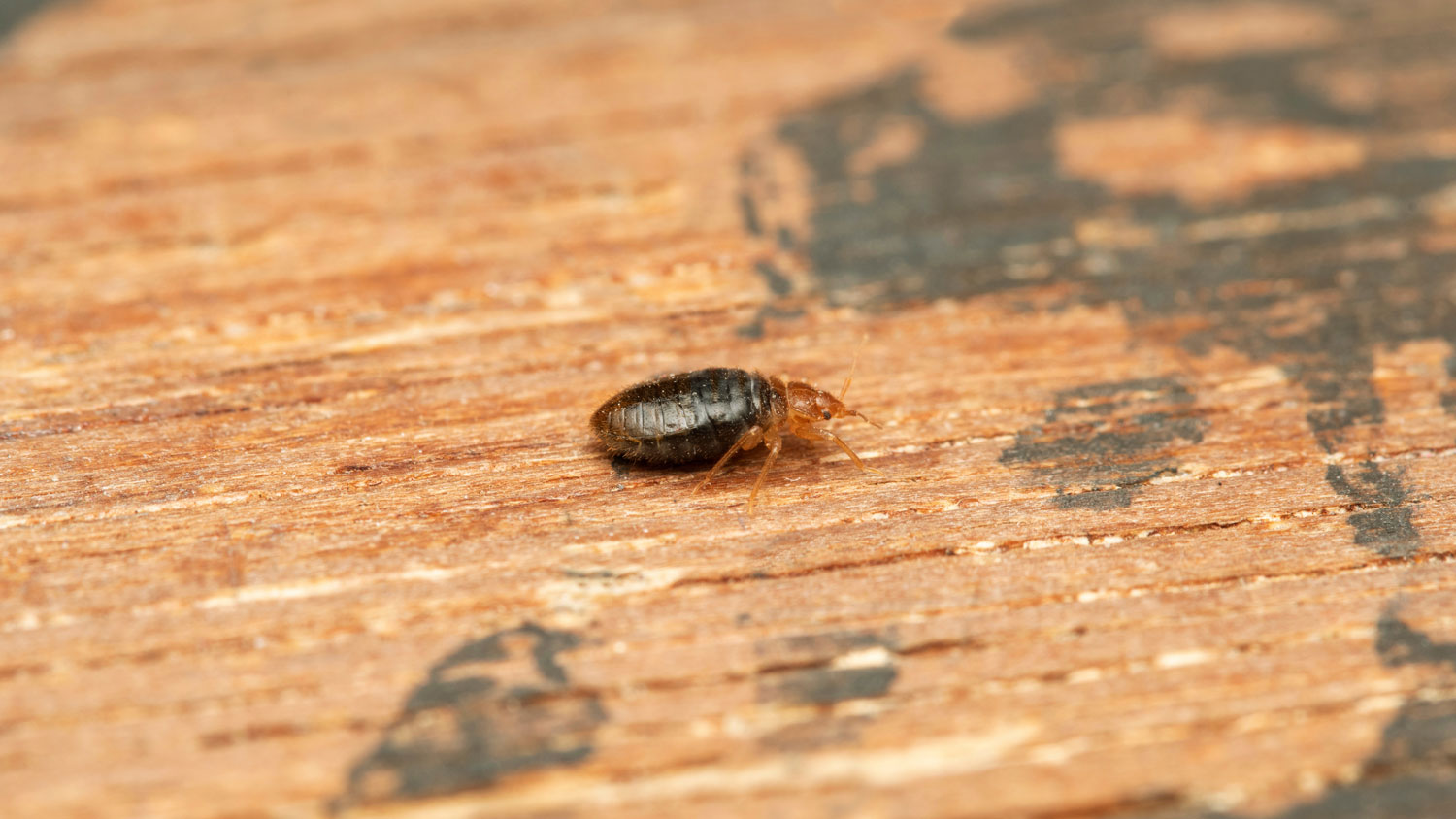
Bedbug infestations happen quickly because these tiny creatures can travel on clothing and luggage, and can hide away in the smallest of cracks and crevices. This also makes them impossible to get rid of on your own, so you’ll definitely need a pest control professional.
According to the Environmental Protection Agency (EPA), adult bedbugs usually have the following characteristics:
About the size of an apple seed
Flat, oval-shaped bodies
Flat and brown or more round and reddish-brown from a recent feeding
Younger bedbugs can be the size of a pinhead and white or transparent, nearly invisible to the human eye.

Since cockroaches love garbage, sewers, and other unclean places, these pests pose a serious health threat to humans. They leave behind shedded body parts, droppings, and saliva that can contaminate your home with illness-causing bacteria, such as E. coli, salmonella, staphylococcus, and streptococcus, according to the Environmental Protection Agency (EPA).
These kinds of bacteria can cause an E. coli infection, salmonella infection, staph infection, strep throat, dysentery, cholera, gastroenteritis, among many other illnesses.
Additionally, cockroaches can be a trigger for allergy sufferers, causing nasal congestion, coughing, wheezing, and skin rash.
That’s why being able to identify this pest is even more critical. Cockroaches can vary in appearance based on the particular species, so some characteristics to look for include:
Black or reddish color
A set of long antennae
Six long legs
A flat, oval-shaped body
A pest control professional has the right tools to exterminate a roach colony, so if you notice even just one cockroach, it’s best to call for help right away to prevent a potential infestation.

While there are over 2,000 species of termites, most share similar features.
Here’s how to identify these insects in your home:
A distinct head with a set of powerful mandibles for chewing wood
Straight antennae with two beads at the ends
Thick, soft bodies with no waist
White or transparent wings equal in length
Termites are a pest best handled by a pest control professional, but they can be confused with winged ants.
A few distinguishing points to remember about ants:
Bent antennas
Defined waists
Wings that are shorter in the front and longer in the back
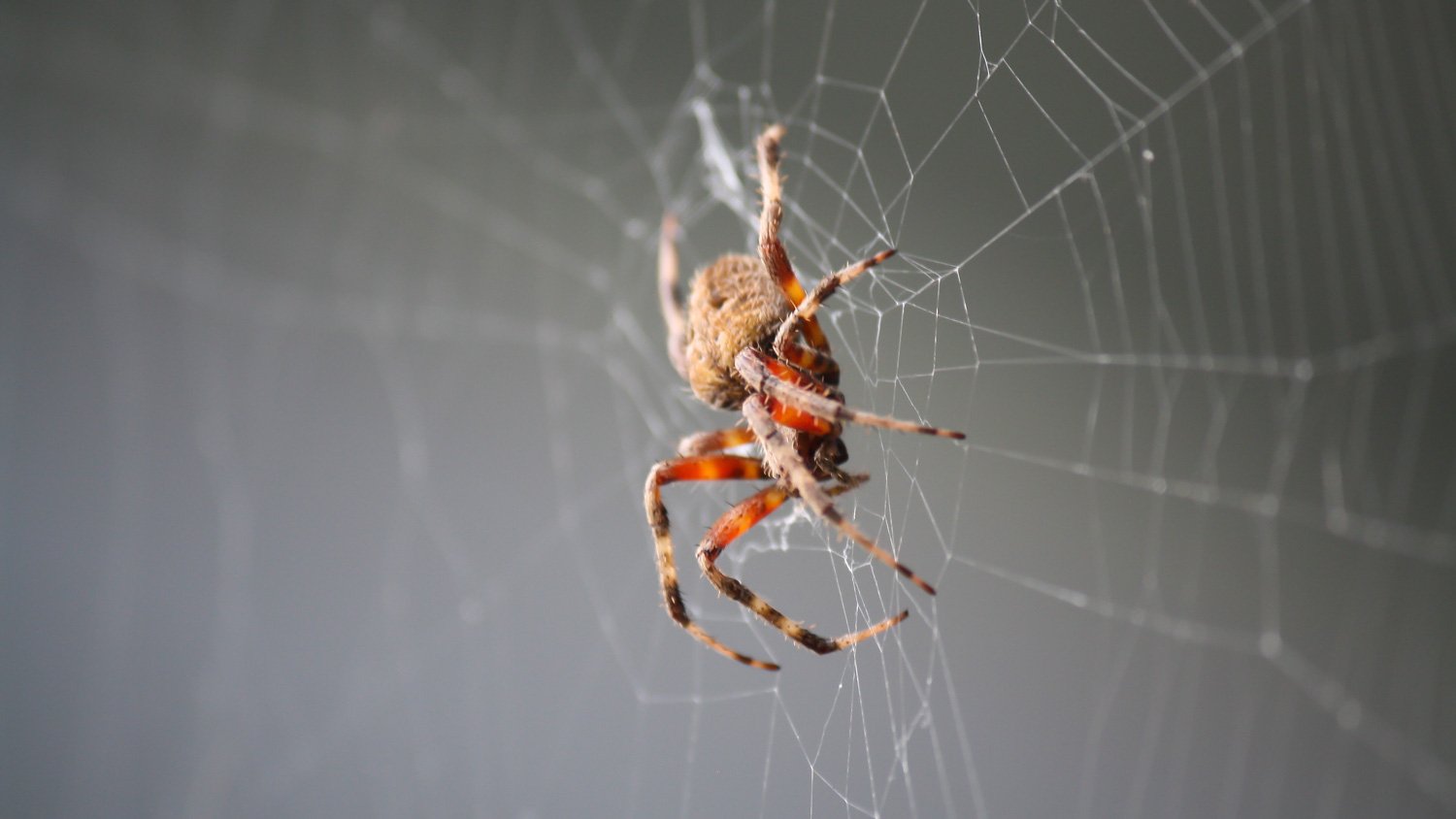
Most of us know what a spider looks like, but several thousand species exist in the world. It’s important to identify and know the most common ones around the house so you can hire the right local spider control company.
One good example is black widow spiders. Due to their poisonous bite, it’s always best to leave these pests to the professionals.
Here’s a look at common house spiders and their identifying characteristics:
American house spider: Size of a nickel and gray in color
Wolf spider: Hairy and color varies from gray, black, or brown
Black widow spider: Shiny black bodies with red, hourglass marking on the stomach
Brown recluse spider: Six eyes and a violin-shaped marking on the head
Daddy longlegs spider: One small round body with eight extremely thin legs
Yellow sac spider: Yellow, light brown, or pale green, mostly seen hiding in tent-like structures in the corners of your home

Most of the time, we carry silverfish into our homes without knowing it. Silverfish love hitching rides in cardboard boxes and plastic storage containers.
These pests have distinct features, such as:
Tear-shaped bodies with gray, shiny scales
Three tail-like features
Two antennae on the head
Silverfish are nocturnal pests and move incredibly fast. You’ll most likely find them in basements, crawl spaces, or anywhere else that is warm and moist.

While centipedes aren’t considered dangerous to people or your property, they can certainly be a nuisance. They love damp areas and places with plenty of flies and spiders to eat.
And centipedes are one of the easiest pests to identify because of their unique characteristics:
Anywhere from 15–177 pairs of legs (each body segment has one pair of legs)
A long, pair of antennae
A flat body that varies in length between 4–152 mm
Moves incredibly fast
It can be easy to confuse centipedes with millipedes since they are close cousins and both have a significant amount of legs.
But millipedes have the following characteristics:
Most species have 300 legs (each body segment has two pairs of legs)
A body with a subcylindrical shape like a worm
Moves very slowly
Eats plants and other organic matter
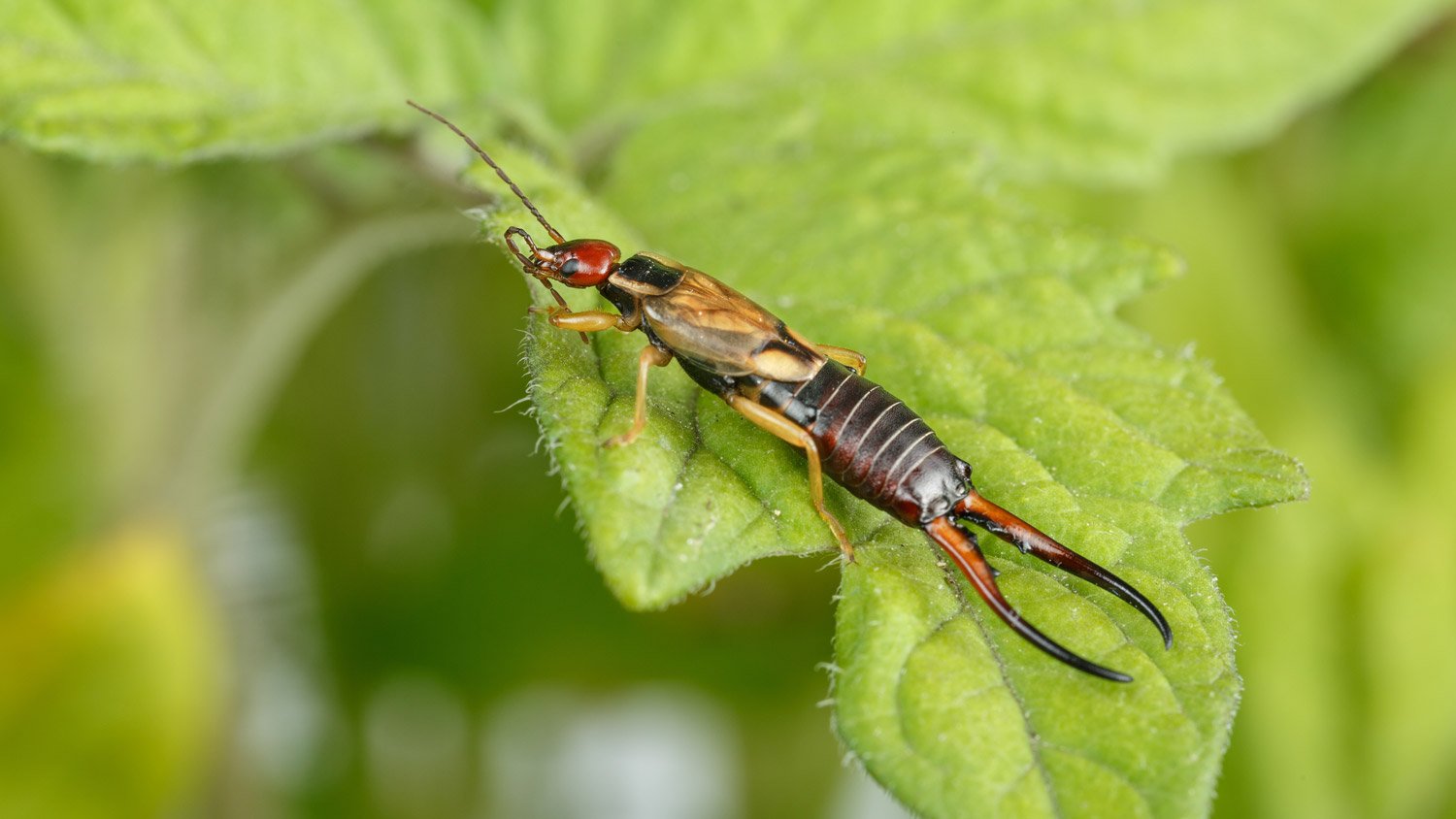
Attracted by leaves, mulch, and other vegetation around the home, earwigs can find their way into your house through cracks and other openings.
Common characteristics of these pests include:
Flat, long bodies about an inch in length
Pale brown, reddish-brown, or brownish-black
Six legs
Thin antenna
Pincers attached to the back of the abdomen
Two sets of wings

While there are thousands of species of moths, the most common ones that invade homes are clothes moths and pantry moths.
Pantry moths are most likely found in dry food ingredients and have the following characteristics:
Bronze or dark gray wings
Noticeable black band around the lower part of the wings
Yellow-gray body color
On the other hand, clothes moths in your closet have the following characteristics:
Solid white-gray wings, some with dark brown spots
Incredibly tiny, less than 1/2-inch long

Ticks love wooded areas with lots of vegetation but are also known to live inside cracks and crevices around the house if there is a host to feed on blood.
According to the , there are various tickborne diseases, so it’s important to identify and eliminate ticks as soon as possible.
Common characteristics of ticks include:
Size of a pencil eraser for adults, a poppy seed for nymphs, and a grain of sand for larvae
Flat, oval-sized bodies that becomes round after feeding
Eight legs for nymphs and adults, six legs for larvae
Color varies from gray, white, brown, black, reddish-brown, or yellow
If you’re pretty confident you identified your pest, or even if you’re still not sure, either way, a good next step is to contact a pest control professional.
Especially if at-home remedies don’t seem to be eliminating your issue, you’ve noticed structural or interior damage around the house, there are signs of droppings or shedded wings, or you’ve discovered a pest that may be putting you and your family in danger.
A pest control technician can assess if you have any bigger, underlying issues and start treatment right away with more powerful tools at their disposal.
Some pest control companies specialize in all kinds of common pests around the home, while others specialize in just a few. So be sure to double-check their services.
The average cost of pest control services can range from $200 to $600, depending on your location, but for more complex issues, such as termite fumigation, the cost can range up to $8,000.
From average costs to expert advice, get all the answers you need to get your job done.

Snake removal cost comes down to the type and number of snakes you’re dealing with and where they’re located inside your home. This guide breaks it down.

Whether you have bugs, bats, or rodents invading your home, you’ll want to contact an exterminator quickly. Find out how much pest control costs in Columbus, OH.
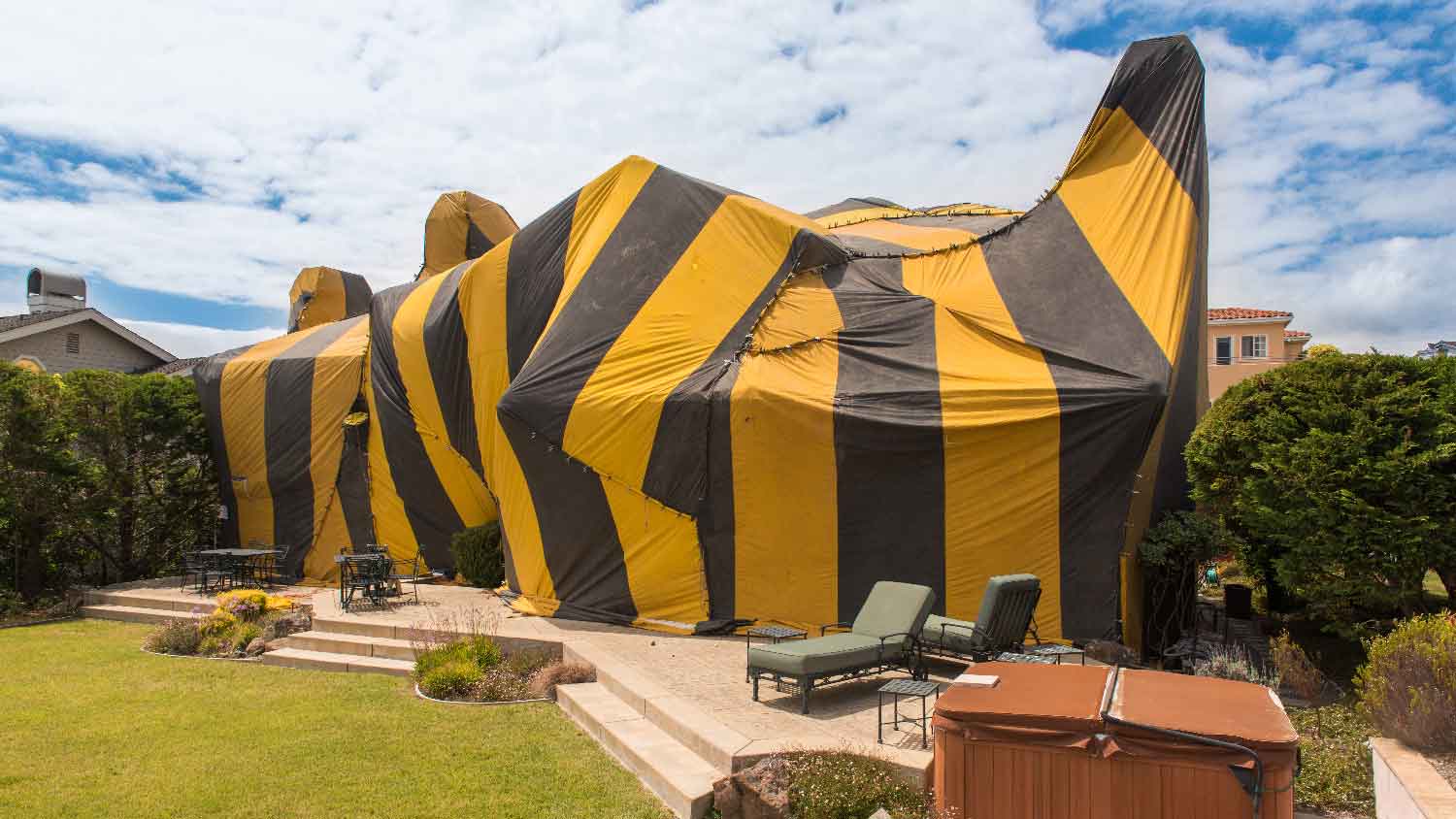
Tenting is a costly but effective way to exterminate termites. Learn the average termite tenting cost and everything that will factor into your budget.

Your pets may pick up fleas in the yard and spread them through the house. Learn how to get rid of fleas in your yard to treat the problem at its source.

Bees with a hive in your wall cavity present a host of problems: Our guide will show you the best ways to remove them safely, especially if you want to save the bees.
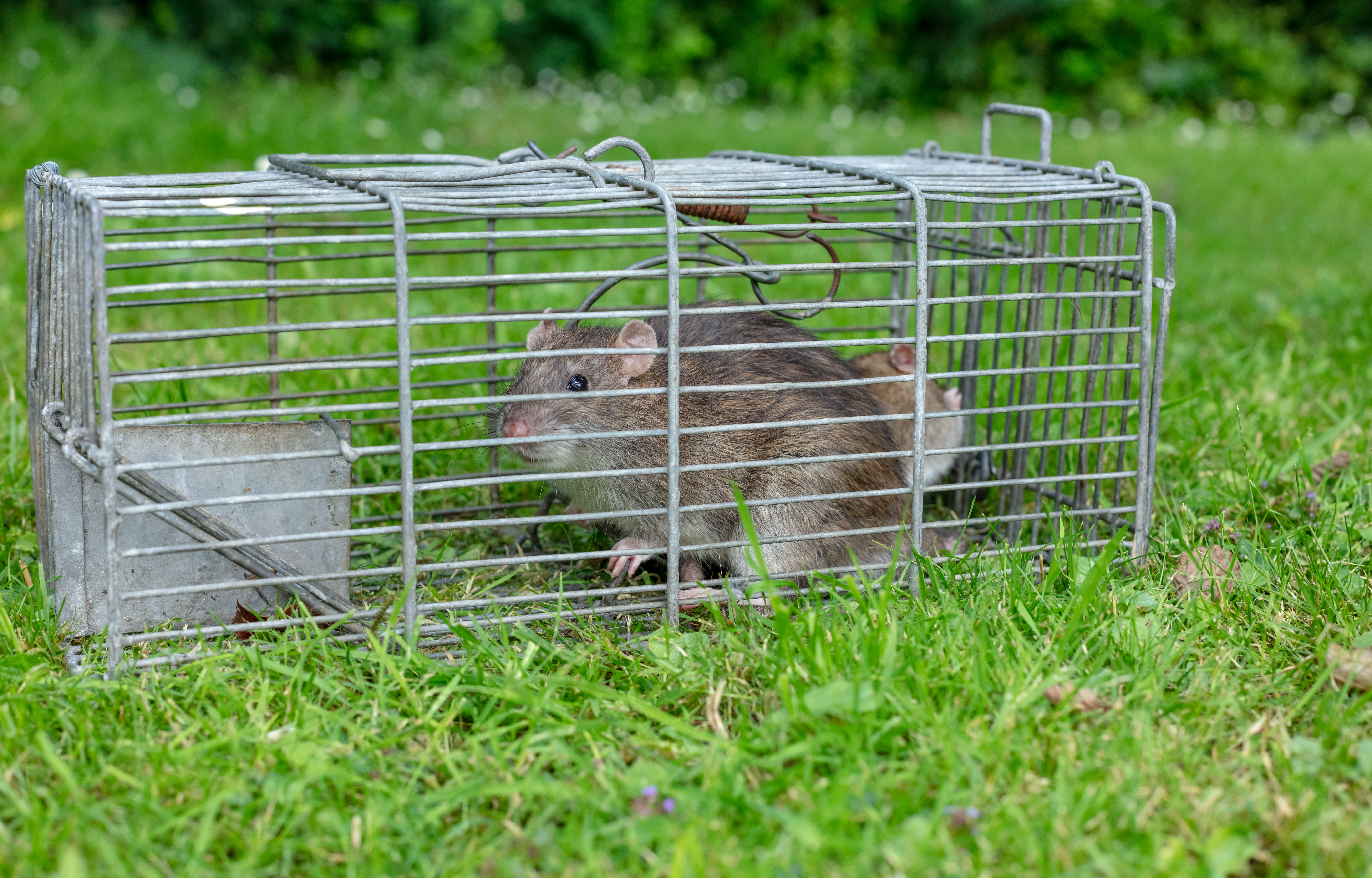
Noticing a growing number of rats calling your yard or garden home? Here are your best options to deal with them.